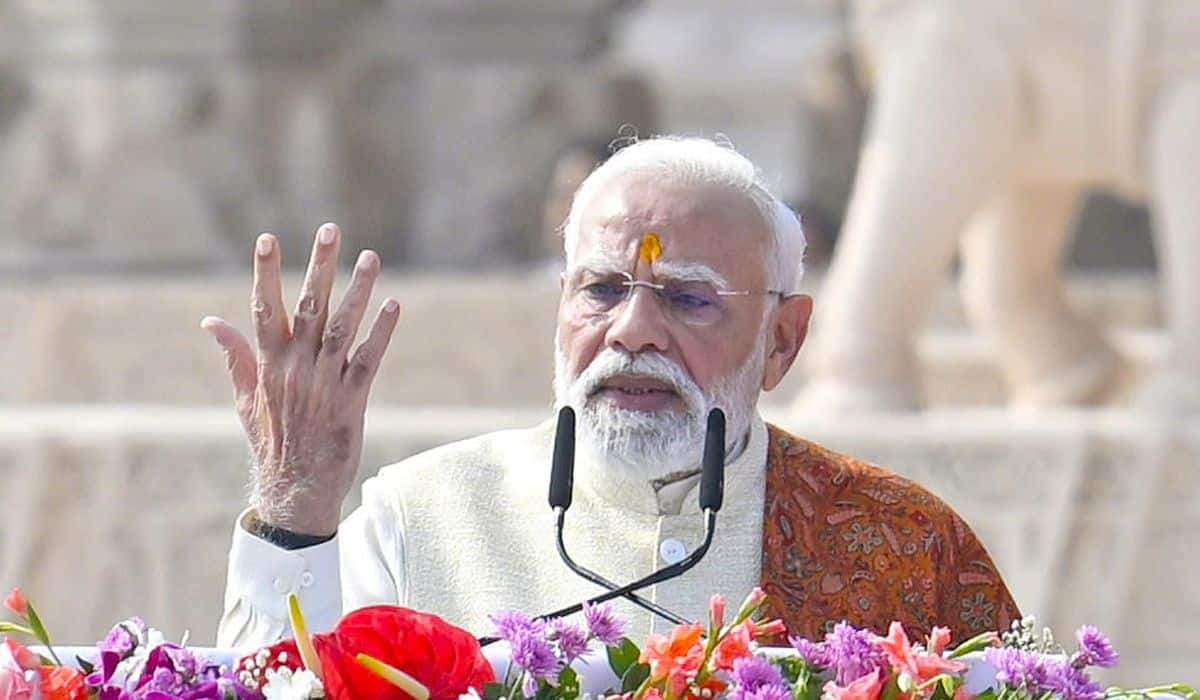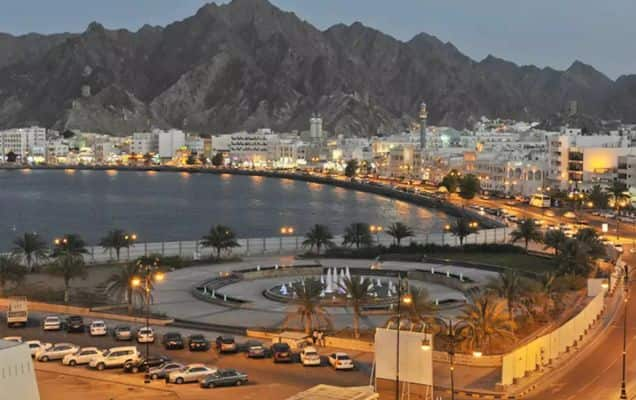The Cabinet Committee on Economic Affairs chaired by the Prime Minister Shri Narendra Modi today gave its approval to the proposals of Department of Rural Development, Ministry of Rural Development for continuation of Pradhan Mantri Gram Sadak Yojana-I and II upto September, 2022 for completion of balance road and bridge works. The CCEA also approved continuation of Road Connectivity Project for Left Wing Extremism Affected Areas (RCPLWEA) upto March, 2023.
Government of India started PMGSY-I to provide connectivity to unconnected habitations of population size 500+ in plain areas and 250+ in North-East and Himalayan states. In selected left wing extremism blocks, habitations of 100+ population were also to be provided connectivity. Only 2,432 habitations are balance out of total 1,84,444 habitations. 20,950 Km road length and 1,974 bridges are balance for completion out of total sanctioned 6,45,627 Km road length and 7,523 bridges. Thus, these works will now get completed.
Under PMGSY-II, upgradation of 50,000 Km rural road network was envisaged. Total 49,885 Km road length and 765 LSBs have been sanctioned, of which only 4,240 Km road length and 254 bridges are balance. Thus, these works will now get completed.
Majority of pending works under PMGSY-I and II are in the North-East and Hill States due to factors such as COVID lockdown, extended rains, winters, forest issues. The States have been requesting the Central Government for extension of time to complete these crucial works related to rural economy. Extension of time upto September, 2022 is being granted to help these states to complete the balance works.
Road Connectivity Project of Left Wing Extremism affected Areas (RCPLWEA) was started in 2016 to improve connectivity in 44 LWE affected districts in 9 states. 5,714 Km road length 358 bridge works are balance for completion and another 1,887 Km road length and 40 bridges are being sanctioned. The scheme is being extended upto March, 2023 for completion of these projects, which are very critical from communication and security point of view.
The PMGSY promotes use of new and green technology in construction of rural roads. Locally available materials are used in road construction in order to promote cost-effective and fast construction. So far more than 1 Lakh Km road length has been taken up using new and green technology, out of which, more than 61,000 km has been completed. The State of Uttar Pradesh has recently been sanctioned 1,255 Km road length for construction using Full Depth Reclamation Technology, which will not only save cost and time in a big way, but also conserve natural resources and reduce carbon footprint.
The PMGSY envisages a three tier Quality Assurance Mechanism to ensure quality of road works during construction and post-construction. The number of quality monitors both at central and state levels as also the intensity of the inspections have been increased for a better quality management. The proportion of satisfactory works has witnessed increasing trend in recent years.
Government launched PMGSY-III in 2019 for consolidation of 1,25,000 Km road length by March, 2025. Around 72,000 Km road length has so far been sanctioned under PMGSY-III, out of which, 17,750 km has been completed.
A total of Rs. 1,12,419 crore, including state share is likely to be incurred from 2021-22 to 2024-25 for completion of all the ongoing interventions of PMGSY.
Point-wise details
PMGSY-I
- PMGSY-I was launched in the year 2000 to provide connectivity to eligible unconnected habitations of 500+ in plain areas and 250+ in North-East and Himalayan states as per census, 2001. The Scheme also included component of upgradation of existing rural roads for those districts where all the eligible habitations had been saturated.
- In the year 2013, it was decided to also cover habitations of population size 100-249 as per census, 2001 in the Left wing Extremism Affected blocks identified by the Ministry of Home Affairs.
- Out of 1,78,184 habitations of 250+ and 500+ population size identified for coverage under the scheme, 1,71,494 habitations have already been connected and 1,968 habitations are balance as on 15th November, 2021. The remaining 4,722 habitations have either been dropped or are not feasible. In 100-249 category, out of total sanctioned 6,260 habitations, only 464 habitations are balance as on 15th November, 2021.
- A total of 6,45,627 Km road length and 7,523 bridges have been sanctioned under PMGSY-I, of which only 20,950 Km road length and 1,974 bridges are balance as on 15th November, 2021.
- Majority of the pending projects are in North-East & Himalayan states/UTs.
- CCEA approved extension upto March, 2019, on 9th August, 2018.
- All the balance habitations are targeted for connectivity within the proposed extended period, i.e. upto September, 2022 by constructing 20,950 Km road length and 1,974 bridges.
PMGSY-II
- PMGSY-II, which was approved by the Cabinet in May, 2013, envisaged consolidation of 50,000 Km of existing rural road network.
- All the proposals of states/UTs have been sanctioned.
- Out of total 49,885 Km and 765 bridges sanctioned under the scheme, only 4,240 Km road length and 254 bridges are balance.
- Majority of the pending projects are in North-East & Himalayan states/UTs as also in the State of Bihar.
- CCEA approved extension upto March, 2020, on 9th August, 2018.
- All pending projects are targeted for completion within the proposed extended period, i.e. upto September, 2022.
Road Connectivity Project for Left Wing Extremism Affected Areas
- Launched in 2016 for construction/upgradation of 5,412 Km road length and 126 bridges of strategic importance in 44 districts in 9 states, viz. Andhra Pradesh, Bihar, Chhattisgarh, Jharkhand, Madhya Pradesh, Maharashtra, Odisha, Telangana and Uttar Pradesh, with an outlay of Rs. 11,725 crore.
- Implementation period: 2016-17 to 2019-20
- Road and bridge works to be taken up under the scheme have been identified by the Ministry of Home Affairs in consultation with states and security forces.
- 10,231 Km road length and bridges sanctioned under the scheme so far with an outlay of Rs. 9,822 crore, including the additional proposals recommended by MHA subsequently.
- 4,490 Km road length and 105 bridges have already been completed.
- Balance projects and additional projects of around 1,887 Km, which are yet to be sanctioned, are targeted for completion within the proposed extended period, i.e. upto March, 2023.
Major Impact, including employment generation potential
- Various independent impact evaluation studies carried out on PMGSY have concluded that the scheme has had a positive impact on agriculture, health, education, urbanization and employment generation, etc.
- Rural Connectivity is a development imperative. All weather road connectivity to balance habitations would unlock the economic potential of the connected habitations. Upgradation of the existing rural roads would improve the overall efficiency of road network as a provider of transportation services for people, goods and services. The construction/upgradation of roads would generate both direct and indirect employment to the local populace.
Implementation Strategy and targets
- The interventions/verticals for which extension of time have been solicited are already under implementation under PMGSY. All the projects under PMGSY-I and II are already sanctioned. The Ministry would endeavour to sanction balance additional proposal under RCPLWEA by December, 2021.
- The Ministry would constantly follow-up the progress with the states to ensure completion of the balance projects with the extended time-line.
Background
- PMGSY-I was launched with an objective to provide single all-weather road connectivity to eligible unconnected habitation of designated population size ( 500+ in plain areas and 250+ in North-East, hill, tribal and desert areas as per Census, 2001) for overall socio economic development of the areas. The Government subsequently launched new interventions/verticals namely PMGSY-II, RCPLWEA and PMGSY-III.
- The present proposal is for extension of time-line for PMGSY-I, II and RCPLWEA.
- The PMGSY-III was launched in the year 2019 for consolidation of 1,25,000 Km existing Through routes and Major rural links connecting habitations, inter-alia, to Gramin Agricultural Markets, Higher Secondary Schools and Hospitals and the implementation period of the scheme is upto March, 2025.













